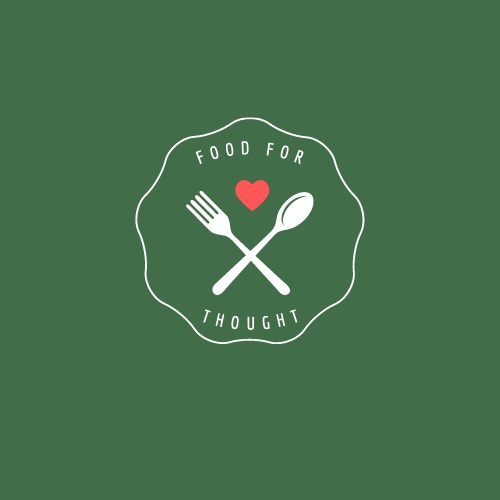Food for Thought
The why: We wanted to start this blog to show people the world of healthy food. The two of us like to consider ourselves to be “healthy eaters” and we want to share some of our favorite recipes, healthy snacks, and food items that we both enjoy. We want our audience to understand that “healthy eating” does not mean that you are limited to just eating greens. A common rumor is that you cannot eat carbs or any of your favorite sweets, but we are here to reassure you that you do not need to eliminate your favorites! The what: How many times have you told yourself “i'm going to start eating healthier,” and then never made a change? Perhaps you’re unsure of where to start, or unsure of what eating “healthy” really means, or maybe you’ve already tried to change your eating habits but weren’t happy with the results. ROMAINE calm, we are here to reassure you that it is not as intimidating as you may think. Now just to verify, healthy eating does not mean that you are only limited to eating fruits and vegetables for the rest of your life. There is a whole world of healthy foods out there full of nutrients, vitamins, carbohydrates, fats, proteins and so much more! There are also these super spectacular items called superfoods which you will learn more about shortly. Continue reading to learn more about the egg-citing world of food and along with all of its amazing benefits. If you have any questions or concerns while exploring our page, please lettuce-know.
May 18, 2021

Hello! My name is Justina Felknor. I am a junior at Minnetonka High School and I play
high intensity volleyball. I enjoy spending time with friends and being active in my free
time. A few of my hobbies include lifting, archery hunting, and working in the cafe at
lifetime. Because I like to lift and be active, I was curious in what other ways I can be
healthy and that is what inspired me to create this blog about healthy eating

Hi!! My name is Eve Jones and I am also a junior at Minnetonka High
School. A few of my hobbies include spending time with friends and
family, being on the lake, and working and volunteering at the
Cottagewood store. Up until last year, I did competitive dance every
year, so eating healthy and finding the right foods was crucial for an
athlete in that field. Because of my prior knowledge about what foods
are good and bad for you and your body, I wanted to help create a blog
for other people so they can become more informed as well.
May 14, 2021 – Eve
Dietitian vs. Nutritionist
The difference between the two biggest names in health
When it comes to diets and healthy living, the words “dietitian” and “nutritionist,” which both describe true nutrition knowledge, are often used. Dietitians and nutritionists are both nutrition professionals who have researched the effects of diet and dietary supplements on wellbeing. While both are healthcare practitioners, the terms should not be used interchangeably. A dietitian is a specialist in dietetics, a field of knowledge dealing with diet and its impact on health. Dietitians often work with clients to modify their diets for medical purposes or personal objectives. In hospitals, clinics, and other healthcare facilities, registered dietitians often work in food service or as part of a medical team. Dieticians, in comparison to nutritionists, go through several years of schooling to gain the necessary skills to support people. Universities occasionally hire dietitians to teach, conduct research, or discuss public health concerns related to diet and nutrition. A dietitian, on the whole, is more concerned about the health consequences of consuming those foods. On a broader note, a dietitian handles more of the health factors that come from eating certain foods and how those foods affect all parts of your body, such as your heart strength, muscle production, dietary plans, etc.
On the other hand, a nutritionist is more casual and can be applied to anyone who offers general nutritional education and promotes health in people. They work with foods and nutritional science, aiming to prevent diseases related to nutrient deficiencies. Compared to a dietician who works on very specific, statistical errors in your health and diet and uses data to fix those errors, a nutritionist supplies people with knowledge about what foods would benefit them in different ways. Nutritionists are not as regulated as dietitians, and even those who do not have any professional training can legally call themselves nutritionists. As opposed to dietitians, who are qualified to diagnose eating disorders and design diets to treat specific medical conditions, nutritionists deal with general nutritional aims and behaviors. Nutritionists are often employed in schools, hospitals, cafeterias, long-term care facilities, and athletic organizations. Anyone can call themselves a nutritionist and they qualify as a “nutritionist” by knowing the basic facts about certain healthy foods, it could be anyone from a person with a Ph.D. in nutritional sciences to a person who completed only a basic nutrition course in college.
If you or someone you know is struggling with dietary needs or just need insight and information about what foods would benefit them and you want to work with a nutrition professional, the best thing to do is to speak with your doctor about your needs and goals. You would then be referred to a dietitian if your needs are medical (such as diabetes, kidney disease, or cancer) or a nutritionist if your aim is to lose weight or improve your overall health. At your first meeting, don’t hesitate to ask about the provider’s education, credentials, and licensure.
May 14, 2021 – Justina
SUPERFOODS!
Blueberries
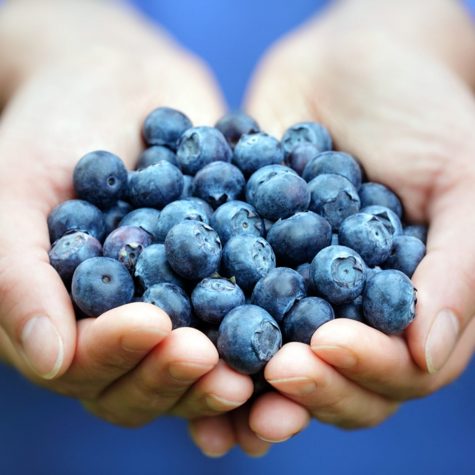
Garlic
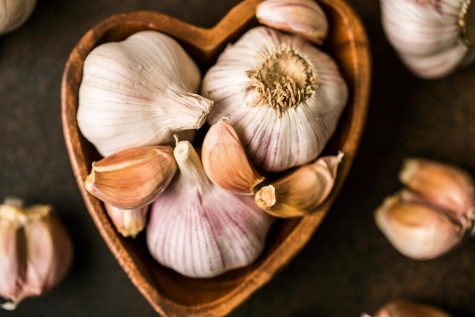
Spinach
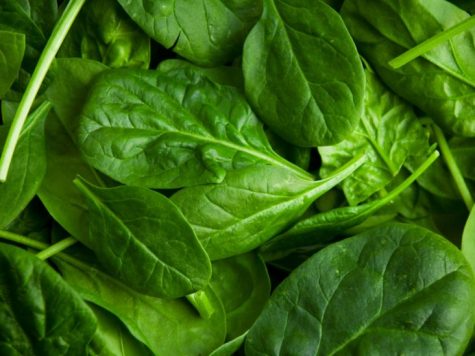
Eggs
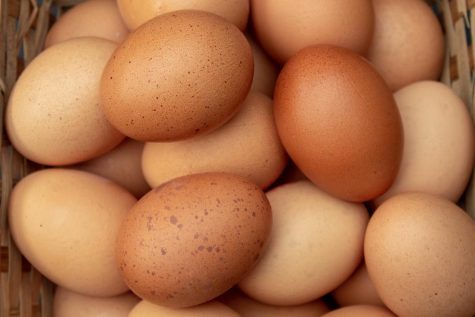
Salmon
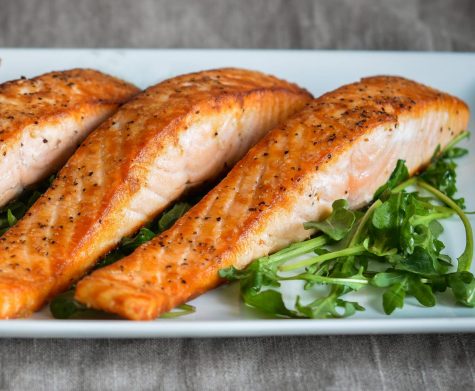
May 18, 2021- Eve
Different Types of Diets
When you hear the word “diet”, you probably assume that person is eating only salads to lose weight or eating only meat to bulk up, etc. which is not always the case. There are many different diets that do many different things for you and your body and here are the main few.
The first very common diet is the low-carb, whole-food diet. This diet is perfect for people who need to lose weight, optimize health, and lower their risk of disease. This diet is high in vegetables, meat, fish, eggs, fruits, nuts, and fats but low in starches, sugars, and processed foods. The second common diet is the Mediterranean diet, which is particularly effective for heart disease prevention and emphasizes foods that were commonly eaten around the Mediterranean era, which include vegetables, fruits, fish, and dairy products. Another commonly tried diet is the paleo diet, which is a very popular diet that is effective for weight loss and general health improvement. The paleo diet is also the world’s most popular diet, centering on unprocessed foods. Next, a very well-known diet, the vegan diet. This diet has become increasingly popular in the past decade and is linked to a number of health benefits, including weight loss, improved heart health, and better blood sugar control. The vegan diet is based exclusively on only eating plant foods and eliminates all animal products. Lastly, is the gluten-free diet. This diet is essential for managing signs and symptoms of celiac disease and other medical conditions associated with gluten. A gluten–free diet is also popular among people who aren’t intolerant.
Overall, there are so many diets that exist, it can feel overwhelming to find one to try. Whether you’re looking to lose weight or simply boost your health, try to find diets that are supported by research for optimal results.
May 18, 2021- Justina
The Benefits of Healthy Eating
Have you ever found yourself wondering “what are the benefits of healthy eating?” Or perhaps you wonder if there even are any benefits at all. We are here to reassure you that there are most definitely benefits and positive outcomes that can help you, your body’s health, and your mental health. Healthy eating can reduce your risk of heart disease, increase your overall mood, and help you have a better memory. Continue reading to dive into the fun and exciting benefits of healthy eating!
To start off, eating healthy is incredible because it is beneficial for your bodies over all health. It can reduce your risk of heart disease, diabetes and even cancer. According to the Centers for Disease Control and Prevention (CDC), heart disease is the leading cause of death for adults in the United States. If we can reduce this risk by simply adding some more nutrient filled items to our diet, why wouldn’t we? You can also lower your risk of getting cancer by simply eating more foods that contain antioxidants. A few foods that contain high levels of antioxidants include berries such as raspberries and blueberries, dark leafy greens, carrots, nuts and even seeds.
Eating healthy is not only beneficial for your overall health, but also helps your overall mood. If I could point you in one direction to help increase your overall mood, it would be to stay away from food containing high levels of glycemic. In 2016, researchers found that diets with a high glycemic load are prone to triggering symptoms of depression and fatigue. By having key nutrients from certain foods, you can have high levels of feel-good hormones such as serotonin. A few of these food items include vegetables, whole fruits, and whole grains which all contain a lower glycemic load. Why settle for food that can make you feel depressed when you can be helping yourself out by eating foods that make you hap-pea.
May 21, 2021 – Justina
Healthy Alternatives
When you hear the words “food alternatives”, people often think about vegan options or milk substitutes but it is much more than that. When it comes to healthy eating, small changes can make a big difference. There are many changes you can make in your food choices to better your health and overall being, and here are a few.
First, if you are looking for something a little sweeter without all the processed sugars and other ingredients, replacing milk chocolate with dark chocolate is beneficial in many ways. Dark chocolate is actually quite nutritious and contains fibre, iron, magnesium, copper, potassium, phosphorus, zinc and selenium, all of which are good for you.
Another healthy food alternative is swapping out ice cream with frozen yogurts. Ice cream is essentially churned, frozen fat and sugar. Frozen yogurt is a lot lower in both and contains probiotics to help our digestive system. Try pairing it with fresh fruit or nuts as a sweet and tasty replacement for your dessert.
Lastly, when snacking it is always easy to grab a bag of chips or crisps, which may fill you up but are full of salt and saturated fat. Substituting these chips for more healthier options like popcorn or sweet potato wedges has many different benefits. Sweet potatoes have high levels of beta-carotene and have been proven to raise levels of vitamin A in our blood and are also full of vitamins B6 which can help reduce levels of degenerative diseases and heart attacks. Popcorn is also full of antioxidants, loaded with fibre, and low in calories.
After doing some research and figuring out what food substitutes would work best for you and your eating habits, you may start to see a change in your health and overall life.
May 21, 2021- Eve
May 25, 2021 – Justina
How Do I Read a Food Label?
Food labels can be a difficult and confusing aspect that people don’t understand, but don’t freight! We are here to help you understand a few of the key terms and ideas to help you better understand how to read food labels.
First off, a common misconception is that the nutrition facts labeled on an item of food are for the entire package, but they are only for the servings listed.
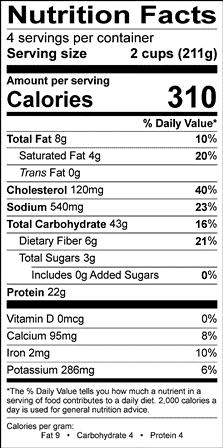
Let’s use the food label above of pasta as an example. If the serving size says 2 cups of pasta, the nutrition information below the serving size (carbohydrates, fats, sugars, proteins, fiber) only apply to those 2 cups of pasta.
Another important note to take is that The Nutrition Facts label is meant to calculate the percentage of all nutrients in the product based on the Daily Values percent. These percentages are calculated and based on the basis that a person eats a standard 2,000 calories per day. You can see this disclaimer labeled at the bottom of every food label. Take a peek at the example food labels we have and see if you can find it!
The last thing that we would like to share with you is the difference between total sugars, and added sugars on a food label. Total sugars are the total amount of sugars found in a product, both naturally occurring (like sugars in fruit and milk) and added. Added sugars simply refer to the amount of sugar that’s been added during the processing of the food product.
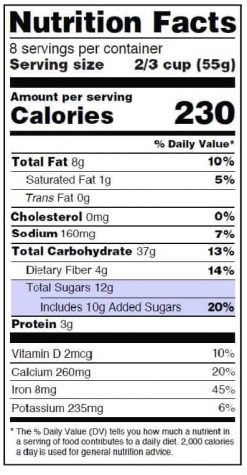
Highlighted in the photo above you can see where total sugars vs added sugars are on the label.
Now that you have a further understanding of reading food labels, go take a look at some of your favorite foods label’s and see what you notice!
May 25, 2021 – Eve
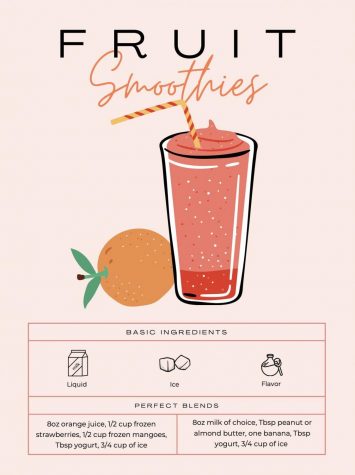
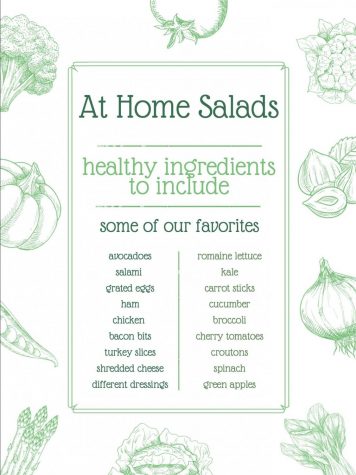
May 25, 2021- Justina

